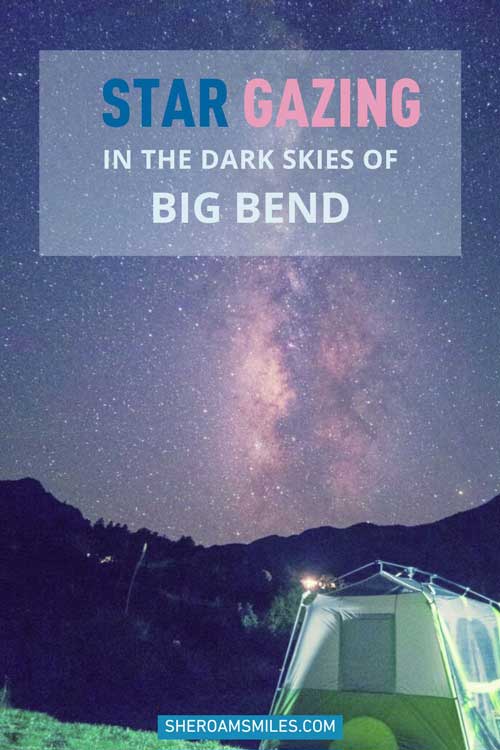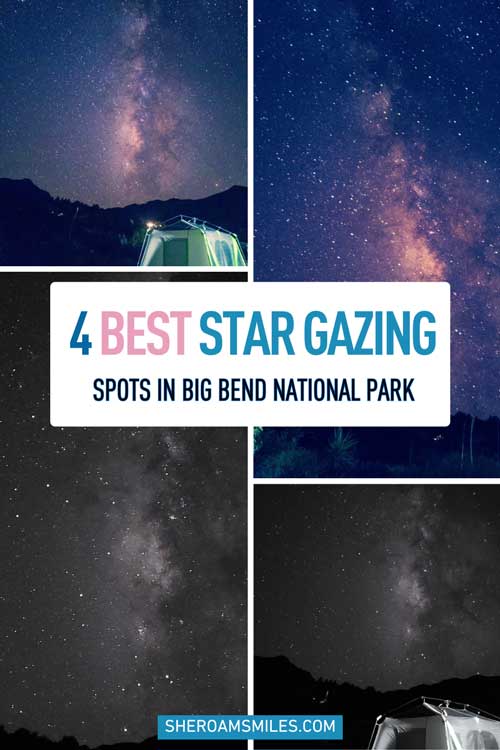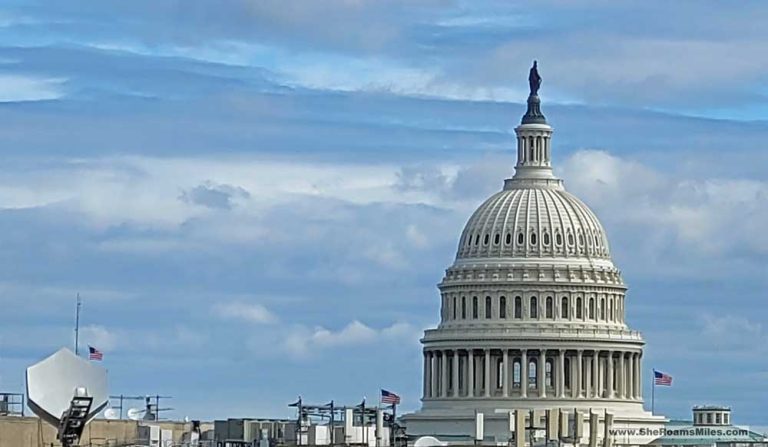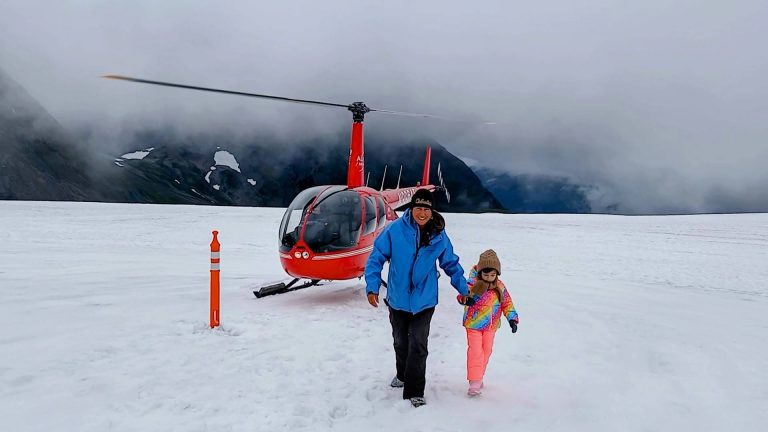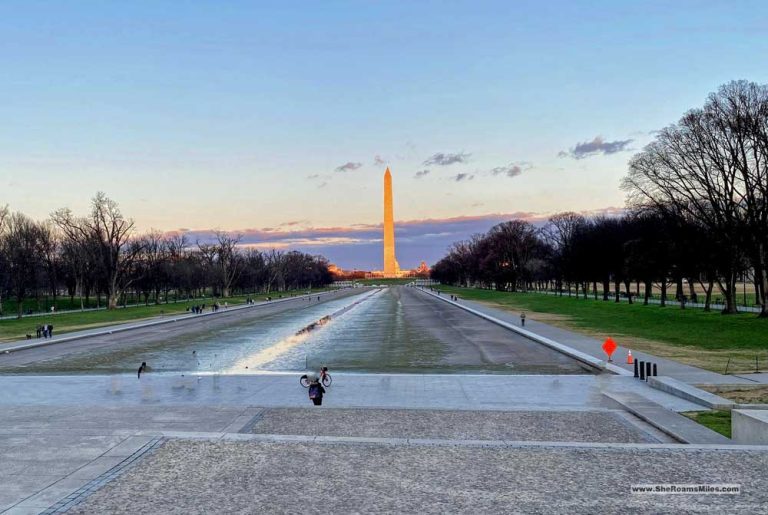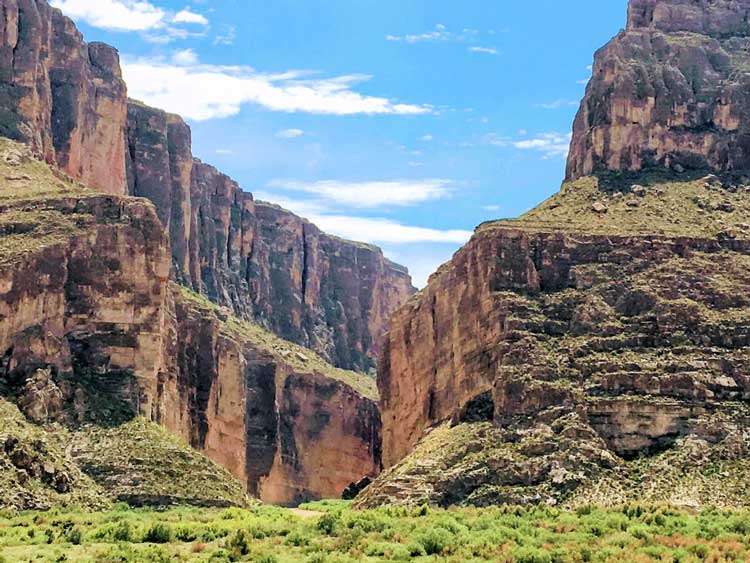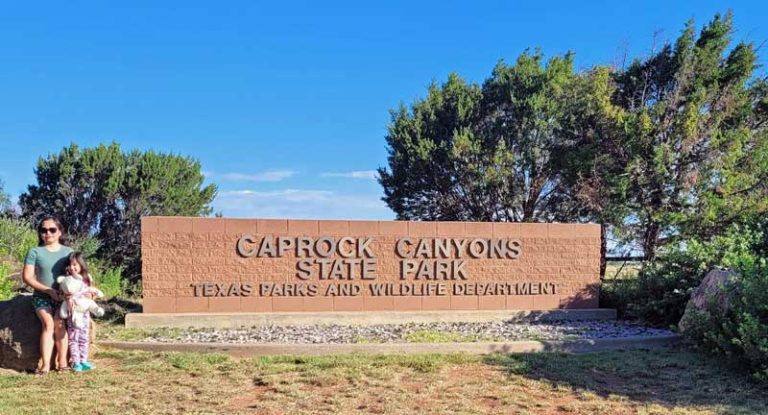4 Best Big Bend Stargazing Spots | Big Bend National Park
Looking to experience Big Bend stargazing? Discover the remote wonder of Big Bend National Park, where the night sky unfolds in a mesmerizing display of stars, far from the reach of city lights. As an International Dark Sky Park, Big Bend offers unmatched stargazing opportunities, perfect for those seeking awe-inspiring celestial views. Explore the top Big Bend stargazing spots and immerse yourself in a world where the cosmos beckons, inviting you to reflect beneath its vast, glowing expanse.
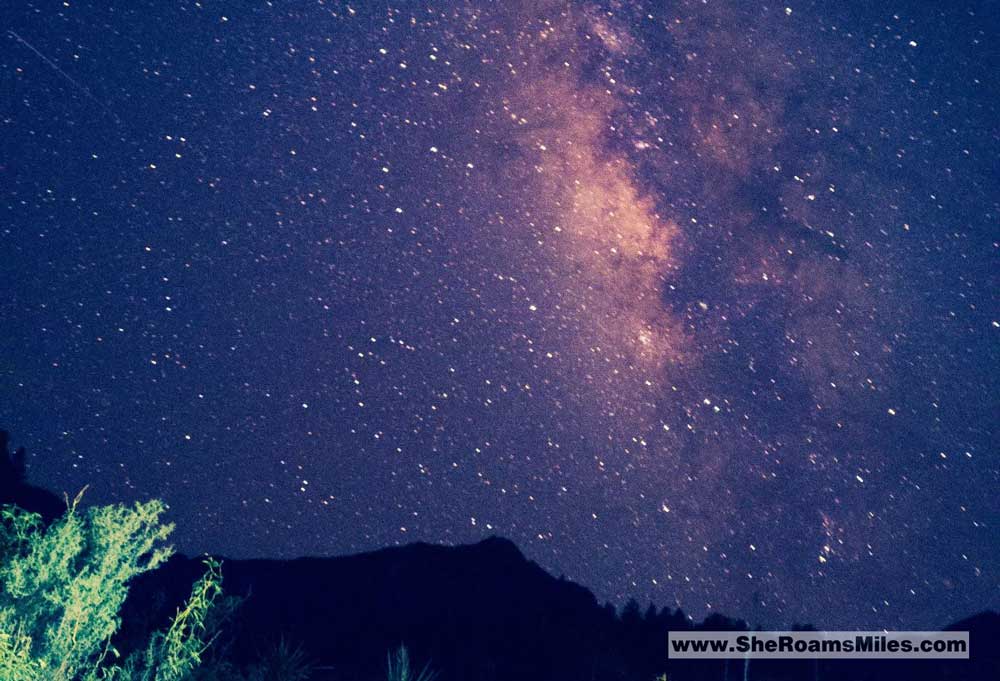
What's In This Article?
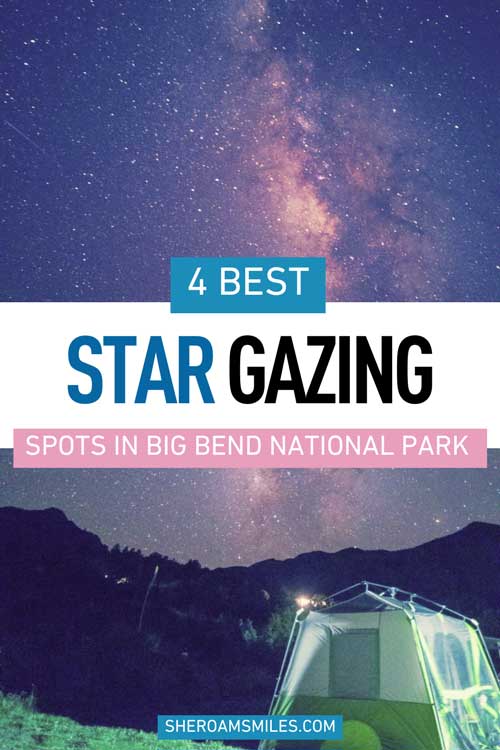
4 Best Stargazing Spots in Big Bend National Park
While stargazing can be enjoyed anywhere within the park, certain locations stand out for their breathtaking views of the night sky:
1. The Chisos Basin
The Chisos Basin is one of the most popular Big Bend stargazing spots. Surrounded by towering mountains, the Basin offers a 360-degree view of the sky, ideal for spotting constellations and meteor showers. The elevated vantage point enhances visibility, allowing for a clearer view of celestial wonders, including the Milky Way and shooting stars.
2. The Rio Grande Village
For a more accessible Big Bend stargazing experience, head to Rio Grande Village. Located on the park’s eastern edge, this area provides easy access to the dark skies while offering amenities like campgrounds and picnic areas. Its wide-open spaces and minimal light interference make it a perfect spot for witnessing spectacular celestial events, such as the Perseid meteor shower.
3. The Lost Mine Trail
For the adventurous spirit, the Lost Mine Trail presents a unique stargazing opportunity. This moderate hike offers stunning views of the park during the day, and at night, it becomes a secluded stargazing haven. The higher elevation provides a distinct perspective of the night sky, allowing you to feel truly immersed in the cosmos.
4. Maverick Junction
Located near the park’s western entrance, Maverick Junction offers an unobstructed view of the sky. The flat terrain and open desert landscape allow stargazers to catch glimpses of distant constellations and planets. It’s an ideal spot for those looking to enjoy the tranquility of the night under the stars.
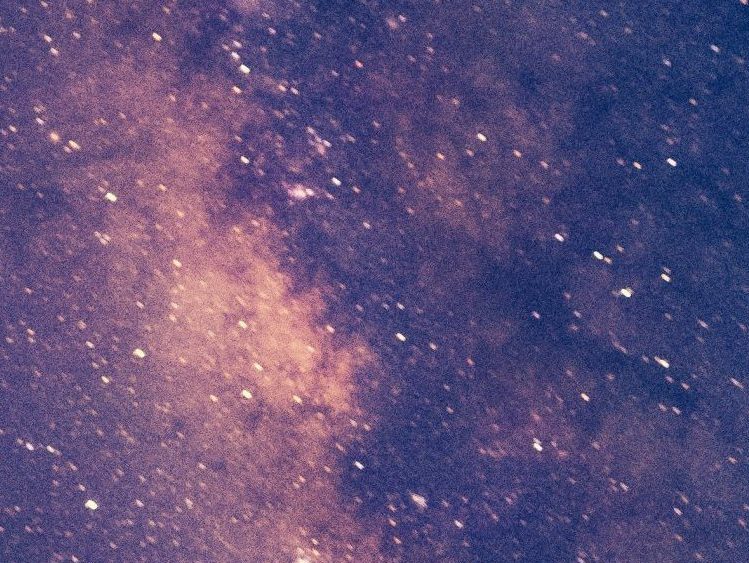
Why Big Bend is a Stargazing Haven
Big Bend National Park is located in the remote corner of West Texas, making it a stargazer’s paradise. With vast desert landscapes, rugged mountains, and expansive canyons, the park not only caters to daytime explorers but also to those seeking the awe of the night sky. Designated as an International Dark Sky Park, Big Bend boasts some of the clearest stargazing opportunities in the United States.
Minimal Light Pollution
Big Bend’s location, far from major cities, ensures it has some of the darkest skies in the country. This means that on a clear night, stargazers can see thousands of stars compared to a few hundred in urban settings. The park’s lack of nearby streetlights and neon signs allows the stars to shine brightly, making it a prime spot for those who appreciate the beauty of the cosmos.
International Dark Sky Park Designation
In 2012, Big Bend National Park earned the prestigious designation of an International Dark Sky Park, a recognition reserved for locations that maintain exceptional nocturnal environments for observing the night sky. This title underscores the park’s commitment to reducing light pollution and preserving its stunning celestial views for future generations.
Perfect Location for Astronomy
The park’s remote location, high elevation, and dry desert air create ideal conditions for stargazing. The crisp atmosphere reduces atmospheric distortion, making the stars appear sharper and brighter. With elevations reaching 7,832 feet at Emory Peak, the highest point in the park, you can enjoy panoramic views of the sky that are truly spectacular.
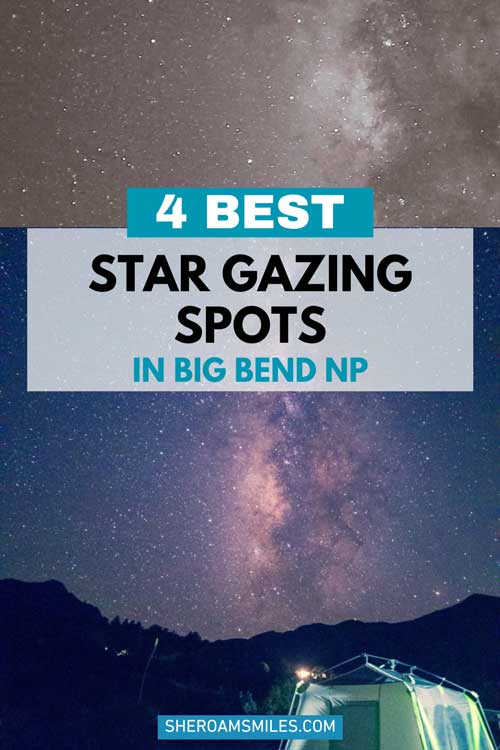
Camping at Big Bend National Park
During my 3rd visit to Big Bend, I was captivated by the sheer beauty of the night sky. Setting up camp at the Chisos Basin Campground, I was greeted by a stunning landscape and a thrilling sense of adventure. As darkness enveloped the park, the Milky Way revealed itself in all its glory, stretching across the sky like a celestial masterpiece.
The stars beckoned, each twinkle evoking a sense of wonder. This was more than just a camping trip; it was an opportunity to connect with nature and the universe.
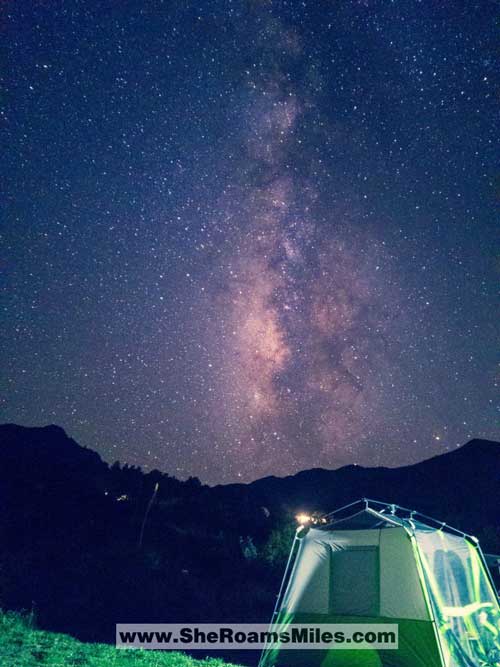
What to Expect When Stargazing at Big Bend
The Milky Way
On a clear night, the Milky Way is visible in all its glory, creating a stunning band of stars across the sky. This breathtaking sight is often a highlight for visitors to Big Bend, showcasing one of the best views of our galaxy in the U.S. The sheer number of stars is a reminder of the vastness of our universe.
Meteor Showers
Big Bend is renowned for its spectacular meteor showers. Events like the Perseids in August and the Geminids in December provide dazzling light shows that stargazers won’t want to miss. Watching meteors streak across the sky adds an exhilarating element to your Big Bend stargazing experience.
The Planets
During certain times of the year, you can spot planets such as Venus, Jupiter, Mars, and Saturn. With binoculars or a small telescope, you might even catch glimpses of their moons or rings. These planets offer a fascinating glimpse into our solar system and enhance your stargazing adventure.
Astronomy Programs
Big Bend offers ranger-led astronomy programs where experts guide you through the constellations, planets, and other celestial wonders. These educational experiences often take place at the Chisos Basin or other popular stargazing spots, enriching your understanding of the night sky.
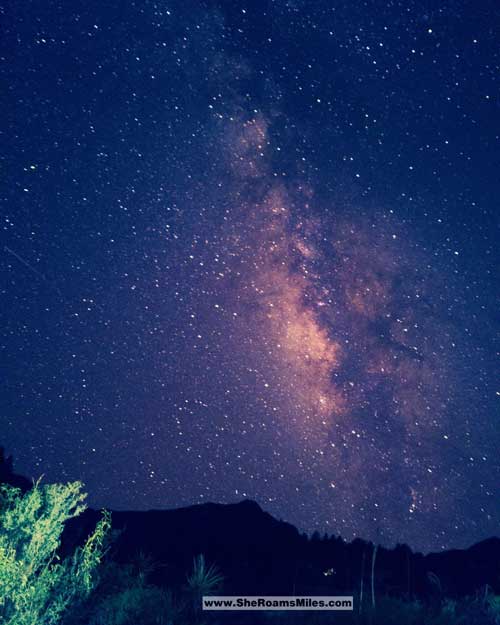
Tips for Stargazing at Big Bend National Park
- Dress for the Weather: Desert temperatures can vary widely, especially after sunset. Bring layers to stay warm while stargazing, even during the summer months.
- Bring a Red Light: Preserve your night vision by avoiding bright white lights. A red flashlight or headlamp will help you navigate without interfering with your ability to see the stars.
- Use a Star Map or App: A star map or stargazing app can enhance your experience by helping you identify constellations and celestial objects. Many apps allow you to point your phone at the sky for real-time identification.
- Be Patient: Stargazing is about enjoying the quiet moments. Allow your eyes to adjust to the darkness, and embrace the peaceful surroundings as the stars gradually become more visible.
Best Time for Stargazing
The optimal time for stargazing in Big Bend is during the fall, winter, and spring months, particularly between October and April. These seasons typically offer the clearest skies. While summer nights can be humid and often feature monsoonal weather that reduces visibility.
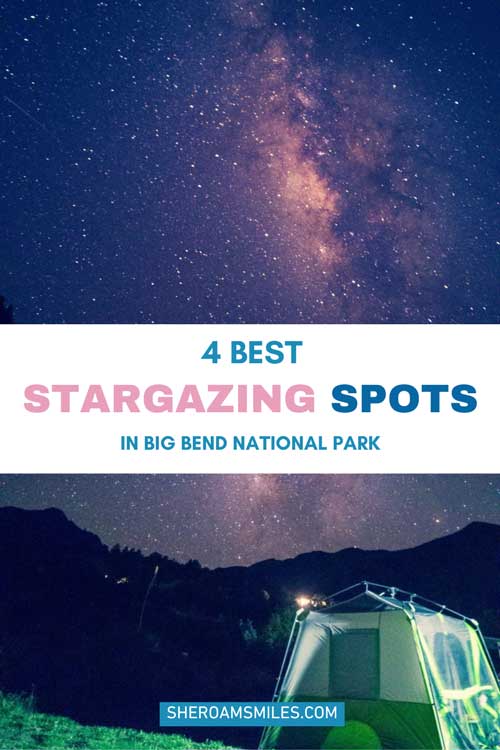
Conclusion
Big Bend National Park provides a stargazing experience that is unparalleled in its beauty and serenity. With dark skies, high elevations, and minimal light pollution, the park offers the perfect setting to witness the magnificence of the universe. Whether you’re a seasoned astronomer or simply someone who enjoys a peaceful night under the stars, Big Bend is the ideal destination to immerse yourself in the awe-inspiring wonder of the night sky. So don’t forget to look up and take in the celestial beauty the next time you visit this West Texas gem.
Where to Stay Near Big Bend
There are various accommodations to suit different preferences and budgets near Big Bend National Park in additional park campgrounds.
Planning a trip to Big Bend?
Then you might want to take a look at all our other travel guides about Big Bend National Park.
- Balanced Rock Big Bend | Scenic Short Hike
- Why Santa Elena Canyon Should Be on Your Bucket List This Year
- 7 Reasons Why the Hike to Big Bend Hot Springs is a Must-Do
- Big Bend Crossing to Mexico | Do you need a passport?
- 4 Best Big Bend Stargazing Spots | Big Bend National Park
- How Difficult is the Lost Mine Trail at Big Bend?
- More Texas Destinations
Like this post? Save it on Pinterest!
